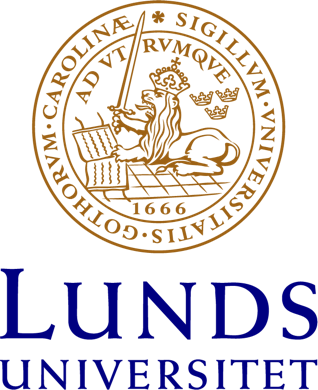Once-weekly oral medication with alendronate does not prevent migration of knee prostheses
Background and purpose Early migration of joint replacements is an effect of poor fixation and can predict late loosening. By reducing the bone resorption after implantation of a joint replacement, it should be possible to enhance the initial fixation of the implant. We studied the effect of once-weekly treatment with alendronate after knee replacement. Patients and methods We recruited 60 patient
